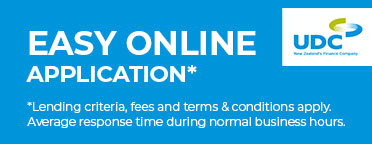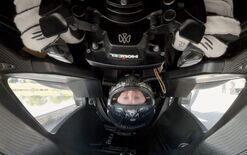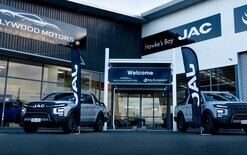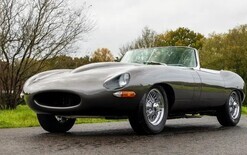Gulliver's strategies
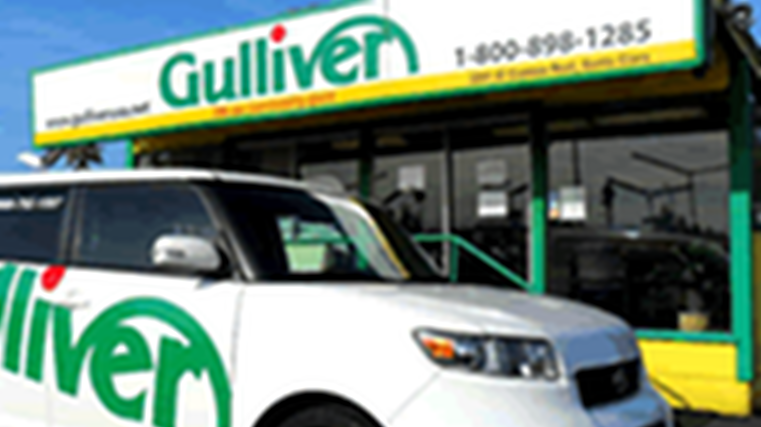
Gulliver International’s core business is buying and wholesaling used vehicles, and says introducing unified purchasing prices nationwide in Japan has been the key to the company’s growth. The company sells vehicles via three channels. There are wholesale via auction, retail through its screen-based Dolphinet system and showroom-based display sales. In November 2004, the company established Gulliver USA. In 2007 and 2008, it planned to open in emerging markets such as China and India. Its subsidiary G-Trading was exporting construction equipment to Russia. However, the company withdrew from all overseas markets except for the US in 2009 amid the global financial crisis to concentrate management resources on the domestic business. In 2014, Gulliver was again intent on expanding overseas. The company said one necessary condition for a used-vehicle market to develop was a certain number of new vehicles. It said that Thailand, with more than one million new vehicle sales a year, was attractive. It set up a joint venture – 49 per Gulliver-owned – with the Viriyah Group, Thailand’s leading property company, to start a franchise business. The company says used-vehicle supply in Thailand is small, so prices tend not to fall too much. Rather than an auction-dependent business model, the joint venture would take on a degree of inventory risk by lengthening its holding period, and develop the retail business. President Yusuke Hatori says Gulliver’s vision is create the world’s largest car sales infrastructure. Its management policy is not to diversify the business, but focus only on businesses that offer high degree of synergy with the acquisition and sales of used cars. It aims to develop through a business model of not holding inventory, financing claims, real estate or other assets. It started operating two new car dealerships in 2013 and in the future will expand into new car sales, which are the source of used cars – and expand into countries in the ASEAN region and Oceania.


